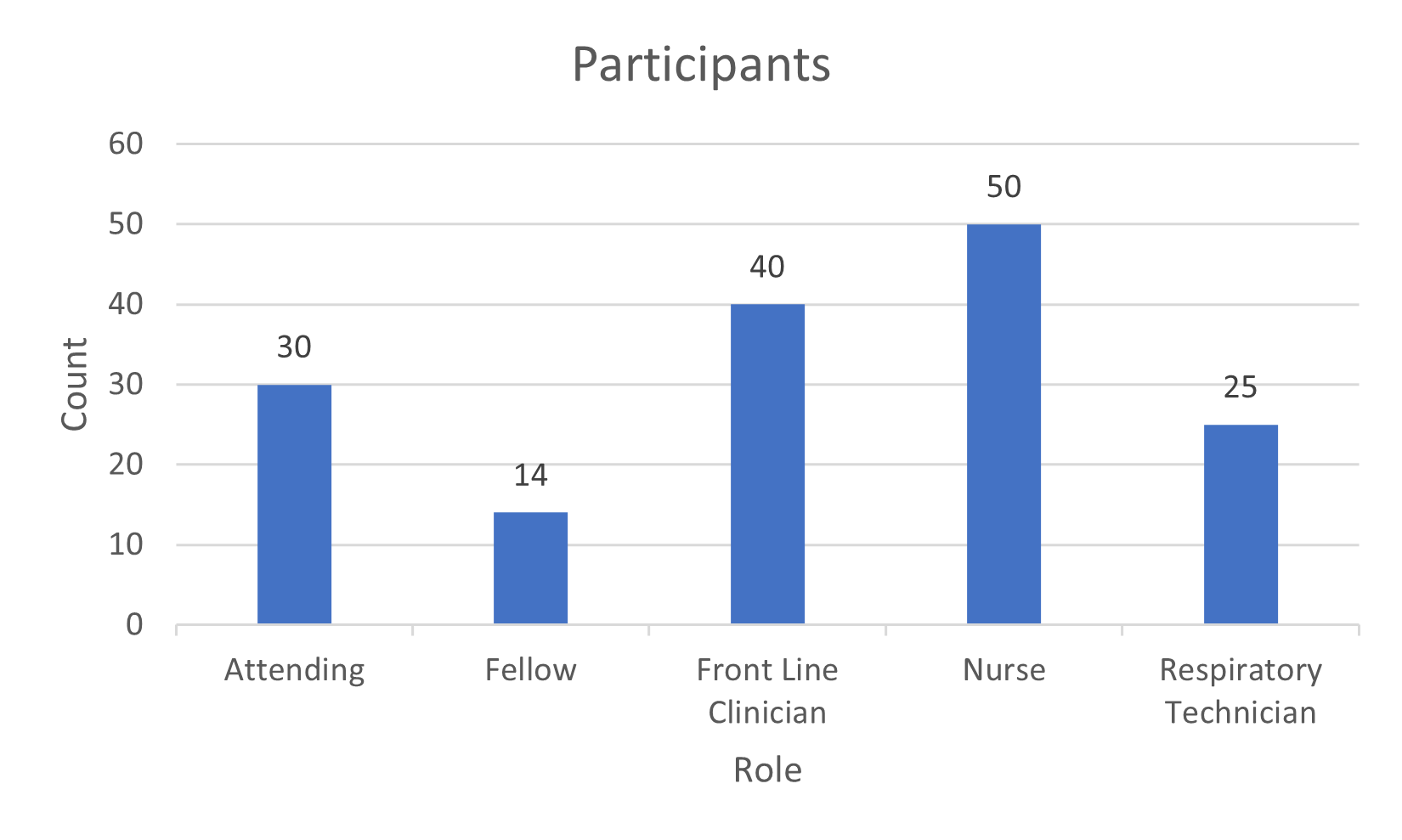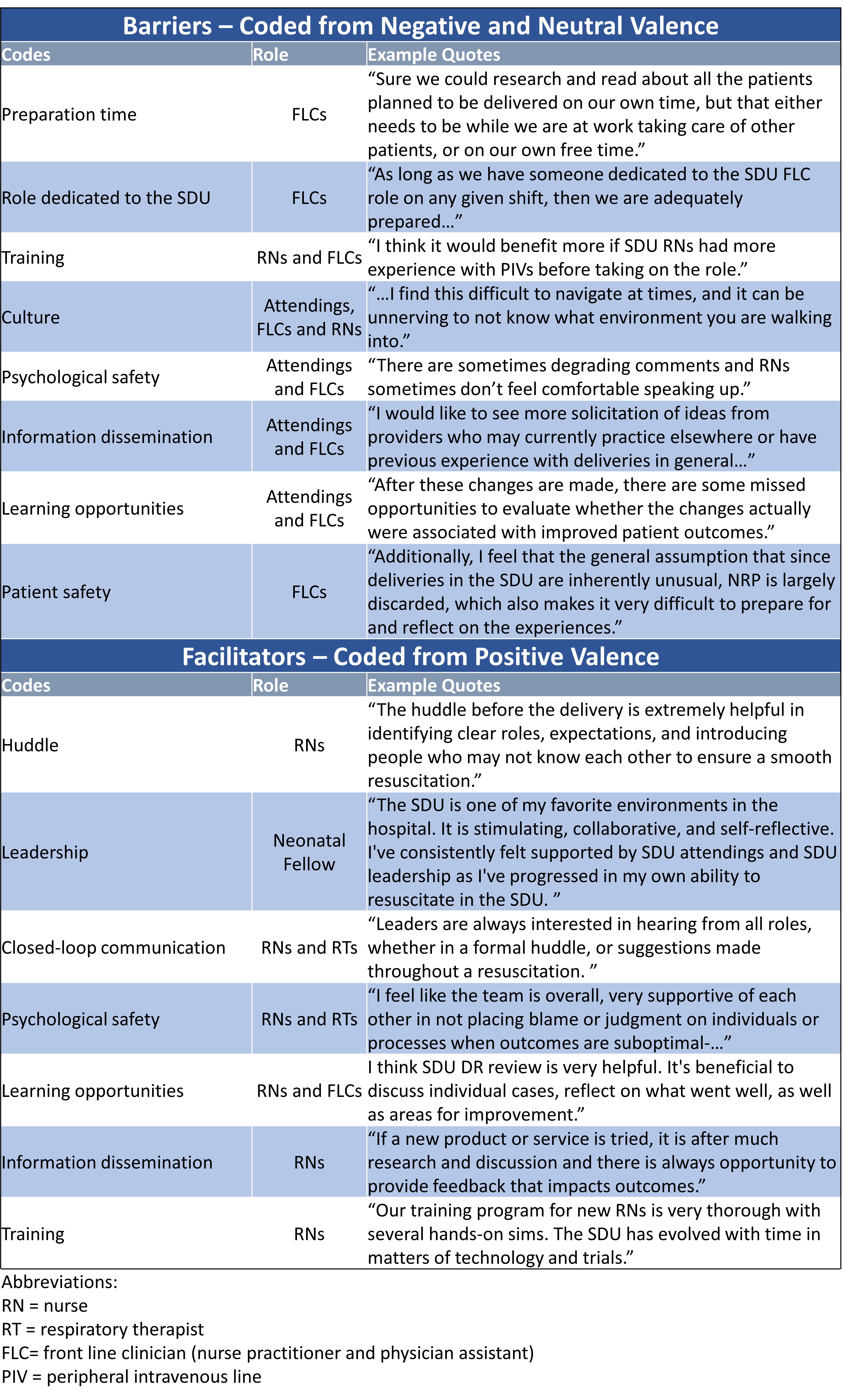Neonatology
Session: Neonatal-Perinatal Health Care Delivery: Practices and Procedures 2
454 - A Qualitative Approach to a Learning Organization
Monday, May 6, 2024
9:30 AM - 11:30 AM ET
Poster Number: 454
Publication Number: 454.3151
Publication Number: 454.3151

Heidi M. Herrick, MD MSCE (she/her/hers)
Assistant Professor
Childrens Hospital of Philadelphia
Philadelphia, Pennsylvania, United States
Presenting Author(s)
Background: Learning organizations encourage personal and professional growth and knowledge transfer between team members through the creation of a working environment where team members collaborate to reach their goals. Validated surveys exist to evaluate how and if members consider their organization a learning organization including the Learning Organization Survey 27 (LOS-27). Given the LOS-27 survey does not include any fields for free text comments, a lack of understanding of perceptions that underlie scores can exist. LOS-27 was completed by members of the Special Delivery Unit (SDU), a delivery room dedicated to neonates with congenital anomalies, at the Children’s Hospital of Philadelphia.
Objective: To explore providers’ perceptions of the SDU as a learning organization through the addition of direct user feedback to the LOS-27.
Design/Methods: LOS-27 surveys were sent to all neonatal team members who attend deliveries in the SDU with the addition of a free text question: “Please describe any other thoughts you would like to share about the Neonatal SDU as a learning organization and/or about the Neonatal SDU culture in general.” Responses to the free text question were analyzed by at least 2 independent reviewers using a thematic analysis approach. During initial analyses, underlying valency emerged from several quotes leading to a secondary analysis ranking quotes according to valency (positive, neutral, negative).
Results: Survey response rate was 52% (159/303, Figure 1) with 49 free text responses. 113 individual quotes were analyzed from the 49 responses. Initial coding yielded 8 broad themes and subsequent coding identified sub-themes (Figure 2). During valency analyses, negative and neutral comments were further analyzed. Negative and neutral comments came mostly from attendings and front-line clinicians (nurse practitioners and physician’s assistants), while positive comments came primarily from nurses and respiratory therapists (Figure 3).
Conclusion(s): The addition of a free text question to the LOS-27 enabled direct user feedback which will directly inform future quality improvement projects with a specific focus on interprofessional learning given role specific valency results. Negative and neutral valency results will target quality improvement projects, while positive valence will be used to analyze proactive safety, i.e. Safety 2. These results will be combined with the quantitative LOS-27 results to further explore initiatives aimed to further develop the SDU as a learning organization.



